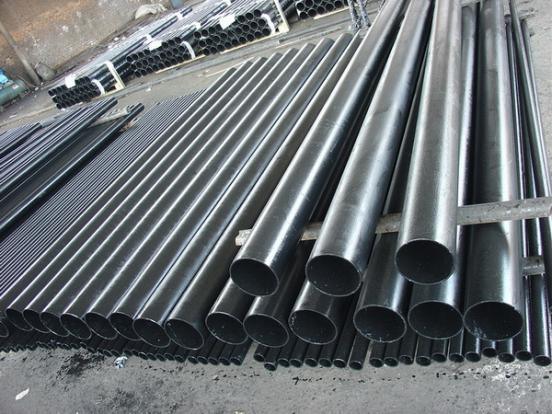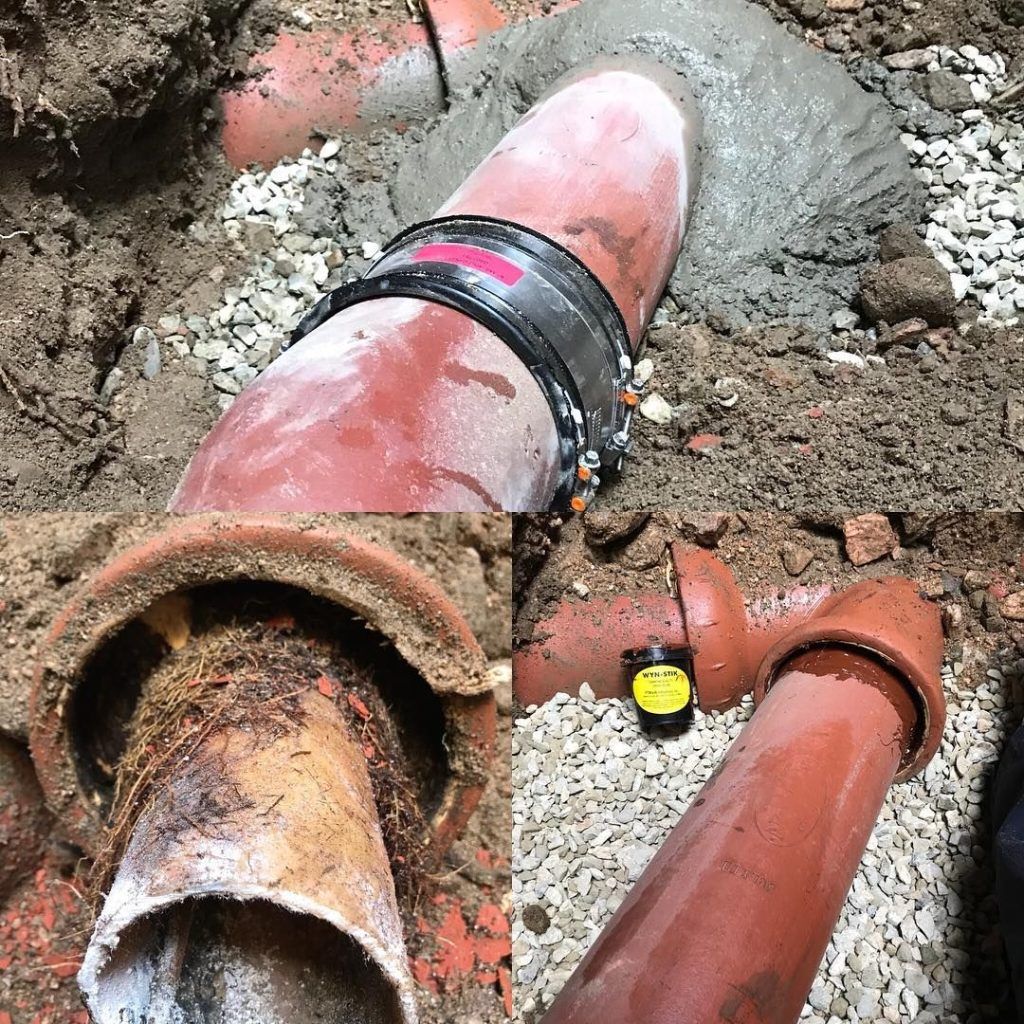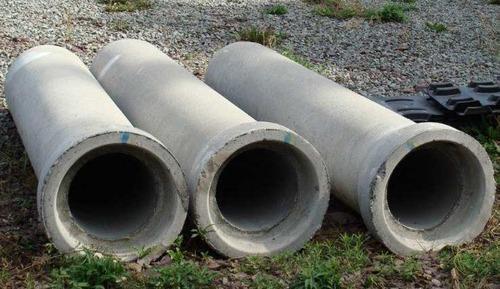1. Orangeburg Sewer Pipes
2. Cast Iron Sewer Pipes
3. Clay Sewer Pipes
4. Concrete Sewer Pipes
5. PVC & ABS Sewer Pipes
6. Types of Sewer Piping: The Bottom Line
Do you know what type of sewer piping your home has? If you’re like most homeowners, you only think about your sewer pipes when something goes wrong—like when you have a sewage backup or drain problem.
Knowing what type of sewer pipe you have, however, can help you:
Understand what may be happening when your sewer and drain system acts up.
Better explain what’s going on when it’s time to contact a professional plumber and get an accurate estimate for sewer service.
Here’s a look at the various types of sewer pipes that are typically used in homes. Whenever you need help diagnosing and repairing issues with your drain and sewer system, don’t hesitate to contact Len The Plumber.
We offer 2-hour response times for all drain and sewer emergencies, and we never charge extra fees for after-hours emergency service.
- ORANGEBURG SEWER PIPES
Orangeburg piping, also referred to as bituminous fiber piping,(TAR LINED PAPER) is made of wood pulp sealed with coal tar. It was widely used during World War II due to its cheap cost and the shortage of cast iron. Orangeburg sewer pipes continued to be widely used up until the 1970s.
Originally, Orangeburg piping was intended for dry use in electrical and telecommunications applications—not for water and sewage uses. Consequently, Orangeburg sewer pipes are not as durable as other types of sewer pipes, and they are far more susceptible to:
- Bellying
- Tree root infiltration
- General deterioration
- And other problems

- CAST IRON SEWER PIPES

Far more durable than Orangeburg piping, cast iron sewer pipes were widely used in homes built before the 1960s. These types of sewer pipes were typically installed with vertical drain systems, and they tend to last about 30 years.
Despite their durability, cast iron sewer pipes are prone to corrosion and rust, as well as waste buildup due to their uneven interiors. That means that, as cast iron piping ages, it can be far more susceptible to:
1. Clogs
2. Cracking
3. Holes
4. Collapses
- CLAY SEWER PIPES

Clay sewer pipes are another type of piping used before and during the World War II era. These pipes, made of a clay-shale blend, can last for 30 or more years. They are environmentally friendly and inert, making them resistant to chemicals and acids. Despite their advantages, however, clay pipes are brittle and porous, making them susceptible to:
1. Leaking
2. Tree root infiltration
3. Crumbling over time
4. Cracking and snapping, especially under extreme pressure
- CONCRETE SEWER PIPES

Concrete has been used both as an encasement for clay piping and as a piping material itself. Concrete sewer pipes are extremely durable and have an average service life of about 30 years. Along with plastics, concrete is considered a new-generation material for sewer pipes.
While concrete sewer pipes are not immune to damage or aging that can trigger the need for repair or replacement, this type of sewer piping is currently popular because of its affordability, strength, and longevity.
- PVC & ABS SEWER PIPES
PVC (polyvinyl chloride) and ABS (acrylonitrile butadiene styrene) are also among the new-generation piping that’s been widely used in homes built since the 1970s. As one of the most durable and long-lasting pipes, PVC and ABS piping is:
- Rust-proof: PVC and ABS piping won’t corrode over time.
- Cost-effective: Plastic sewer piping is extremely affordable.
- Smooth: The even, smooth interiors and exteriors of these pipes make them resistant to root intrusion.
- Versatile: PVC and ABS piping can be used alone or with cast iron or clay piping.

While this type of sewer piping is not heat-tolerant—and it can be susceptible to cracking if the walls are thinner, it’s still one of the most popular options for sewer line pipes.
TYPES OF SEWER PIPING: THE BOTTOM LINE
When it comes to sewer line pipes, the bottom line is that:
If your home was built before the 1970s and it has Orangeburg, cast iron, or clay sewer pipes, your piping has likely reached the end of its life span, and you should consider sewer pipe replacement before your sewer line breaks.
If you do experience sewer line failure and you need to replace your sewer piping, PVC and ABS are likely your best options for a new sewer line.






